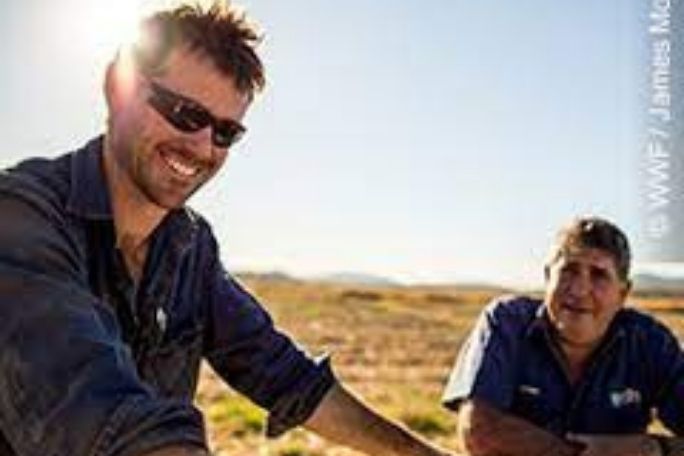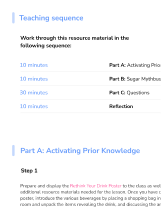Lesson summary
Students will be asked to create an advertisement for Earth Hour in the form of a video, infographic, image, poem or story. The advertisement should explain about how climate change is affecting your favourite food or farming region of Australia. The resources include planning worksheets that may be followed by students in Years 7 and 8.
Learning intentions:
Students will...
- grasp the purposes of Earth Hour, both around the globe and in Australia
- devise creative ways to conduct and celebrate Earth Hour
- create a piece of digital storytelling that inspires others about Earth Hour.
Lesson guides and printables
Curriculum links
Select your curriculum from the options below.
Lesson details
Curriculum mapping
Australian Curriculum content descriptions:
Year 7 English:
- Plan, rehearse and deliver presentations, selecting and sequencing appropriate content and multimodal elements to promote a point of view or enable a new way of seeing (ACELY1720)
- Plan, draft and publish imaginative, informative and persuasive texts, selecting aspects of subject matter and particular language, visual, and audio features to convey information and ideas (ACELY1725)
- Use a range of software, including word processing programs, to confidently create, edit and publish written and multimodal texts (ACELY1728)
Year 7 Geography:
- Present findings, arguments and ideas in a range of communication forms selected to suit a particular audience and purpose; using geographical terminology and digital technologies as appropriate (ACHGS053)
Year 8 English:
- Investigate how visual and multimodal texts allude to or draw on other texts or images to enhance and layer meaning (ACELA1548)
- Create imaginative, informative and persuasive texts that raise issues, report events and advance opinions, using deliberate language and textual choices, and including digital elements as appropriate (ACELY1736)Use a range of software, including word processing programs, to create, edit and publish texts imaginatively (ACELY1738)
Year 8 Geography:
- Present findings, arguments and ideas in a range of communication forms selected to suit a particular audience and purpose, using geographical terminology and digital technologies as appropriate (ACHGS061).
General capabilities: Information and Communication Technology (ICT) capability, Critical and creative thinking, Personal and social capability, Ethical understanding.
Cross-curriculum priority: Sustainability – OI.6.
Syllabus Outcomes: E4-8, GE5-8, EN4-2A, EN4-4B, EN4-6C
Time needed: 70 minutes.
Resources required
- Internet
- Student Worksheet
- Earth Hour 2015 – climate change and food factsheet.
Additional Info
This lesson has been created in partnership with WWF-Australia. Earth Hour is the world’s largest community-driven climate change campaign. At the centre of Earth Hour is switching off lights to show a commitment to taking action. Thousands of teachers use Earth Hour’s education program to enrich their curriculum and provide pathways for young people to create change in their world. This lesson was originally developed to help support students entering the Earth Hour Schools Competition 2015. Although this competition is now closed you could use this lesson as part of a class-wide competition.
For the most up to date Earth Hour dates, times, and events, check here.


Welcome back!
Don't have an account yet?
Log in with:
Create your free Cool.org account.
Many of our resources are free, with an option to upgrade to Cool+ for premium content.
Already have an account?
Sign up with:
By signing up you accept Cool.org's Terms and Conditions(Opens in new tab) and Privacy Policy(Opens in new tab).